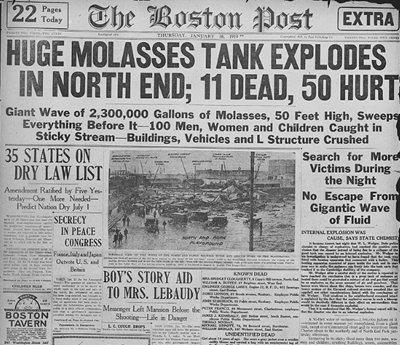Notes:
conflict /ˈkɒn.flɪkt/ 紛争、争い;
ultimatum /ˌʌl.tɪˈmeɪ.təm/ 最後通告(相手に従わなければ行動を起こすと警告する最後の要求);
artillery /ɑːˈtɪl.ə.ri/ 大砲;
consulate /ˈkɒn.sjə.lət/ 領事館(外国にある自国民を守るための政府の事務所);
throne 王座;
colonial /kəˈləʊ.ni.əl/ 植民地の;
*******************************************
The shortest war in history happened on August 27, 1896, between Britain and Zanzibar. It lasted only about 38 minutes. The conflict started when the Sultan of Zanzibar, Hamad bin Thuwaini, died. Britain wanted the new ruler to be someone friendly to them. But another man, Khalid bin Barghash, took the throne without British approval. The British gave him an ultimatum to step down. He refused, and instead gathered his soldiers and artillery near the palace. At 9:02 a.m., British warships began to fire at the palace. By 9:40 a.m., the palace was in ruins, and Khalid fled to the German consulate. More than 500 Zanzibaris were killed or wounded, while only one British sailor was injured. Afterward, Britain placed their chosen sultan on the throne. This tiny war shows how powerful Britain was during the colonial period.
*******************************************

モバイル英語 (Mobile English)
Learn English on your mobile phones at anytime, anywhere!
— 歴史
2025年8月23日「モバイル英語学習」第892号(英語のエッセイ): Great Molasses Flood
Notes:
molasses – 糖蜜;
burst – 破裂する、爆発する;
dense -密集した, 濃度が高い;
reescue – 救助、救い出すこと;
linger- 居残る、なかなか去らない
************************
On a warm day in January 1919, a massive tank holding over 2 million gallons of molasses suddenly burst in Boston’s North End. The huge tank, which was poorly built, collapsed with a thunderous roar.
A 25-foot-high wave of thick, sticky molasses, traveling at an estimated 35 miles per hour, poured into the streets. The wave was powerful enough to destroy buildings, knock a streetcar off its tracks, and crush a truck.
The disaster killed 21 people and injured 150 others. The thick molasses was so dense and sticky that people and horses were quickly trapped and unable to escape. Rescuers struggled for days to find victims in the deep, gooey mess. The cleanup took weeks, and the sweet, sugary smell of molasses was said to linger in the area for decades.
糖蜜大洪水
1919年1月、暖かい日、ボストンのノースエンドで200万ガロン以上の糖蜜が入った巨大なタンクが突然破裂しました。ずさんに造られたその巨大なタンクは、轟音とともに崩壊しました。
推定時速35マイルで移動する、高さ25フィートの分厚く粘り気のある糖蜜の波が通りに流れ込みました。その波は非常に強力で、建物を破壊し、路面電車を脱線させ、トラックを押しつぶすほどでした。
この災害で21人が死亡し、150人が負傷しました。糖蜜は非常に濃密で粘り気があったため、人々や馬はすぐに身動きが取れなくなり、逃げることができませんでした。救助隊は、深くベトベトした塊の中から犠牲者を見つけ出すのに何日も苦労しました。清掃には数週間かかり、甘い砂糖のような糖蜜の匂いは何十年もその地域に残っていたと言われています。
************************
